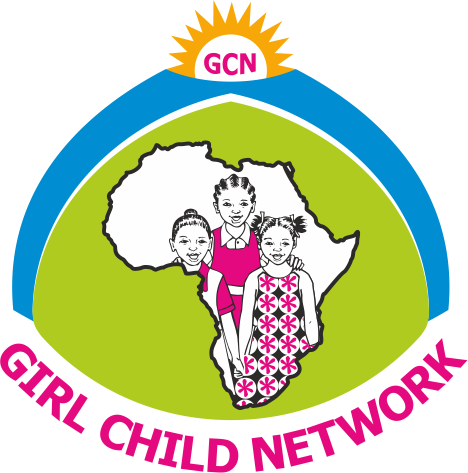
Kenya’s geographical and cultural diversity makes it one of Africa’s most fascinating countries. The Narok County region, in particular, stands out not only for its agricultural productivity but also for its tourism and geothermal potential.
The Maasai Mara Game Reserve remains the crown jewel of Kenyan tourism — its world-renowned wildebeest migration draws thousands of visitors, wildlife filmmakers, and researchers each year. Yet, Narok also faces social challenges such as the persistence of female genital cutting, a practice outlawed since 2001 but still reported at high rates in certain local communities.
Today, efforts to promote sustainable development in Narok combine modern infrastructure, conservation, and cultural preservation. These efforts, much like a well-structured academic project such as a online casino paysafe, require strategic planning, ethical balance, and community involvement. Additionally, ongoing geothermal exploration in Suswa shows Kenya’s commitment to renewable energy — aiming to harness up to 300 MW of clean power from beneath the Rift Valley’s volcanic landscape.
Population size and composition
According to the 2009 Kenya Population and Housing Census (KPHC), the population of Narok was 850,920 persons of whom 429,026 were male while 421,894 were female. This population increased to 979,770 in 2012 and projected to 1,128,132 in 2015- 568,794 male and 559,338 female. The county is expected to reach 1,239,320 by 2017. The county‘s growth rate is 4.7 which is higher than the national growth rate of 3.0. This rapid population growth is likely to strain the socio-economic resources and basic social services given that by 2017; the population will have increased by a significant 259,550 persons from 979,770 in 2012 to 1,239,320 in 2017


Child Population
Under 1 Year (infants): This age group had 167,570 in 2009 census. The population in this age group increased to 192,944 in 2012 in accordance with projections. This age group is vulnerable to attacks from various diseases and infections like malaria resulting to an under-five mortality rate of 82/1000 in 2010 just slightly lower than the national under-five mortality rates last reported at 84.70/1000 in 2010.
Pre-Primary School Going Age Group (3-5) years: The county government is mandated by the constitution of Kenya 2010 in the fourth schedule part 2 (9), to develop and provide for Early Childhood Education by investing in early childhood education and childcare facilities. The county has developed plans for meeting the infrastructure, equipping and staffing needs of the estimated 113,779 children as of 2012.
The Under Five Years: This age group which includes the pre-school going children was estimated to be 113,779 persons in 2012 and is projected to rise to 143,441 persons in 2017. It is important to note that the male population is also more than the female in this age group. This population will require more investment in pre-school education such as an expansion of pre-school facilities and employment of ECD teachers. Also, the health demand is expected to increase since the children under five years require more health care services than the other groups.
Primary School Going Age Group (6-13 years): The population of Primary School Going Age Group (6-13 years) was projected at 240,212 comprising of 122,533 boys and 117,679 girls in 2012. This figure represents about 24.5 percent of the county population. Out of this population, only 213,397 of boys and girls were in school making 89 percent of the total population of primary school-going age group expected to be enrolled in school in 2012. The remaining 11 percent were therefore not enrolled in school thus presenting a challenge for the county administration to address. The high percentage of (89 percent) is attributed to the introduction of the free primary education program in 2003. This is a milestone in the achievement of MDG 2 (Universal Primary Education) and the subsequent achievement of vision 2030.
